It is not easy to define types of fine art photography clearly because it is not a technical concept but a mental perception. This style is more related to aesthetics, imagination, and a particular way of looking at life. For this reason, its definition can be different based on each person’s tastes and perceptions.
Topics
What defines fine art photography?
For example, when you want to explain black and white photos to the audience, you will say that the color is removed from the photo in this method, and the gray spectrum is used between black and white.
Or you will talk about macro photography, the relative amount of focal length, and magnification in these styles. All of these definitions are technical and have relatively clear boundaries. ( If you want to see artistic photos of flowers refer to the Fine Art Floral Photography post. )
But in the case of fine art photography, it is not that simple. It is difficult to explain the differences in technical ways. And there is no clear boundary.
The image of fine art is associated with two things: message and beauty. Of course, I must say again that even this claim is not entirely valid. For example, sometimes, the message is not just a thought; it may be a feeling. Sometimes it is not even a message of emotion; it may be a kind of look. Maybe an imagination and a dream.
Sometimes such photos are not beautiful. Usually, in such cases, they carry a powerful message. Instead of spending his time beautifying an image, this means that the photographer wants to express his thoughts more.
Fine art photography examples
Blurred borders and interference between different types of fine art photography
What is the difference between photojournalism and fine art photography?
Blurred boundaries make this style of photography overlap with different types of photography. For example, photojournalism.
When you take a picture of an event or a person or a group of people, you don’t think much about its beauty in these situations.
Your goal in such situations is to reflect reality as it exists. This is not fine art; it is photojournalism. Or you may want to photograph a building to describe its architecture. This is a news item, and you are only informing your viewers.
Architecture photography
If you take a picture from a certain angle of the building that creates a perspective view or you shoot at night, and the light of the lamps change the building color and effect in the dark, then you are entering the field of fine art from journalism.
This description of how to photograph a building was just an example. The point was that if photography moved away from mere reporting and information to an artistic approach, it could easily cross the line of journalism and reach the fine arts.
It is essential to photograph our hypothetical structure in a way that looks special. Impressive or strange. It occupies the mind somehow; it induces a feeling as if a man has never seen anything like it.
To achieve this goal, the subject must be changed in such a way as to capture the attention of others unusually during photography or editing.
The next photo is a view of modern architecture. The arches of the building seem to be nested, and the light shines intermittently on the ground from the many windows; the combination of these factors has given the image a unique appearance.
The following image shows the arches and symmetrical coloring, combined with the floor’s reflection that all give the photo a special effect.
Portrait photography
When photographing people on the street or at a party, it may be called street photography or just a record of memory. And so it is with portrait photography.
But if this portrait is as if the subject has a special feeling in his face, such as sadness, bewilderment, or any other sense other than usual, it is no longer a standard portrait.
This particular feeling should attract the audience’s attention and look unusual and remarkable no matter what it is. Sometimes the point is not in the portrait but in the place where the photo was taken. Such as a room with unusual objects or a large room that shows the person alone.
Sometimes it is the clothes of the people that attract attention. It may be unusual or overly wrinkled or have a distinctive color. All these features that I mentioned can make a photo fit in the category of fine art photography.
But in the following, I will explain that we also enter into another topic in photography with this mentioned feature.
Conceptual photography
Conceptual photography is a part of fine art photography, but not all fine art photography cases are part of concept photography.
In a sense, the photographer tries to convey his thinking to others. There is not much insistence on using software and editing and beautification in this method. There is no imagination or dream.
The components of the image are completely real. The composition and placement of the elements distinguish it, and of course, the message and the thought hidden in the image play the most critical role.
As I mentioned before, fine art photography is a very mental attitude. So it has to do with personal perception. This property is more prominent in conceptual photography.
The next series of photos may seem normal to someone who lives in the same environment where the photo was taken. But for someone who grew up in a completely different environment, it can be conceptual photos because each of them contains a message.
This one shows a corner of a carpet weaving workshop. Dyed threads and teapots are seen to make tea belonging to the workers and their hanging clothes. They present a scene of a combination of color and working-class life.
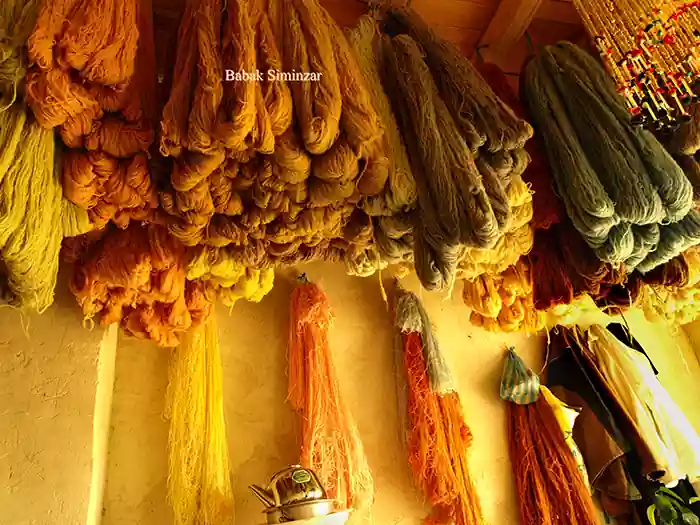
In the next photo, you can see that a wooden fence surrounds a satellite dish. This is because the use of satellite TV reception equipment is prohibited in Iran.
As a result, the owner tried to hide it from 3 sides and left only the opposite angle open to the dish receives the waves.
As a result, the owner tried to hide it from 3 sides and left only the opposite angle open to the dish receives the waves. The message of this image could be to show the effect of the bans in Iran on the lives of the villagers. And how they have adapted to these bans.

Still life Photography
Inanimate objects are usually used in this style. These items are often used daily and are inexpensive and put together in a specific manner.
Rely more on composition and recording moments to get an exciting image like putting food and dessert on the table or pouring a drink from a bottle into a glass. The main goal is to make the picture notable.
Fine art photography history
The first fine art photograph was exhibited in 1851. This trend more or less continued until the 1960s, when it became more popular. The photos first presented in this style were mainly about nudity, portraiture, and landscape.
The famous masterpiece of Ansel Adams, The Tetons and the Snake River, who was himself a landscape photographer, is one of the favorite photos of this style.
Today, with digital photography and graphic software development, the element of beauty has received more attention. Pictures are often edited, and sometimes this editing is done highly. The concept is still an element of fine art, though not quite like a message or thought.
The photos mainly express a special feeling, sometimes they speak about a kind of vision. But the issue of aesthetics is more in the spotlight than ever before. Image editing is usually done so that the main subject draws the most attention to itself.
This excessive focus on editing has caused the images to move away from reality and look imaginary. So now, in addition to the message element, we have two other things, namely aesthetics and escapism.
Fine art photography techniques
Studio or Outdoors
A common question, where do you work? In the studio or outdoors? If you shoot in the studio, you probably have a tripod and several artificial light sources. Photos will be of good quality. You will also get rid of the problem of hand tremors.
Whether you are working on portraits or inanimate objects, or plants, you can implement what you have in mind.
But if you work Outdoor like me, it would be a little challenging to set the right conditions. In this case, you will be surprised. You will have to go around a lot. A suitable subject is found at random, and you will have to make a quick decision. You have to try as many angles and compositions as come to your mind. And after all this trouble, when you get home, you will remember that you forgot one of the possible situations, try it!
If you use manual settings like me, you may sometimes forget to adjust the amount of light in a well-composed photo in a hurry. The image will be either dark or too bright. These conditions can be troublesome and sometimes even frustrating when editing.
But working Outdoor is worth all the effort because you will find valuable subjects. And you will create brilliant works.
How to take fine art photography?
A fine art image should be eye-catching, attractive, prominent, and remarkable. How do these characteristics come about? The answer is simple with creativity!
How to be creative? There is no training. Thoughts, your memories and feelings, and how you look at life and the world create your creativity.
You take multiple photos of landscapes, flowers, or humans with different angles and compositions. Then you watch them on the computer. Most of them will be ordinary, they may be of good quality, but they are not unique.
Then, surprisingly, you realize that one of them that you did not care about before now looks exciting and unique. When you make the latest changes to the photo and post it on social media, you will receive positive feedback from users.
Yes! You have created a fine art photo !! And others have noticed this point in the picture. What made you realize at that moment that the image on the monitor was beautiful or unique?
The answer to this question is your artistic talent.
My personal experience in finding fine art photography ideas
Photographers who work in this style work in different fields depending on their living environment and tastes. Portrait photography is one of them. Landscape and street photography can also be mentioned.
Honestly, I had restrictions in all these areas in my country. In Iran, photographing females is almost impossible for religious and legal reasons. Even if you can take a portrait of a woman, for the reasons I mentioned above, this photo will be an ordinary photo and can not be taken in some modes to create a good image of fine art photography.
Maybe some women are interested in this issue here and take the risk and share such a photo on social media with the help of a photographer. But the number of such people is not very much, and sometimes there are legal problems for these women or photographers.
On the other hand, my main job was not photography, and people did not come to me to take portraits. I went for nature walks and went to the villages and sometimes I met men and children who wanted to take pictures of them.
Similarly, in the case of landscape, if you take a look at the photos on Instagram, you will notice beautiful images of waterfalls, forests, and lakes.
Unfortunately, with the onset of climate change globally, achieving such areas in Iran has become very difficult. From the beginning, Iran was a country that did not have enough water, and now it is experiencing a tragic drought.
So my options were minimal. In general, macro photography and photography of flowers and plants was a lifeline for me. I think no one should annoy a photographer to take pictures of flowers !!
I have not been very active in photography of inanimate objects, but I may be more involved in this field in the future.
Another case of my activities was photographing historical places that are abundant in Iran.
Conclusion
Beautiful art photography is a different way of looking at life. This style is a mental concept with a special connection with aesthetics.
Uniqueness is its most crucial component; for this feature to be manifested in the image, the capture must be particular. Software editing is also commonly used in this style today.
Over-edited photos provide a more imaginative look, but some audiences prefer this method.

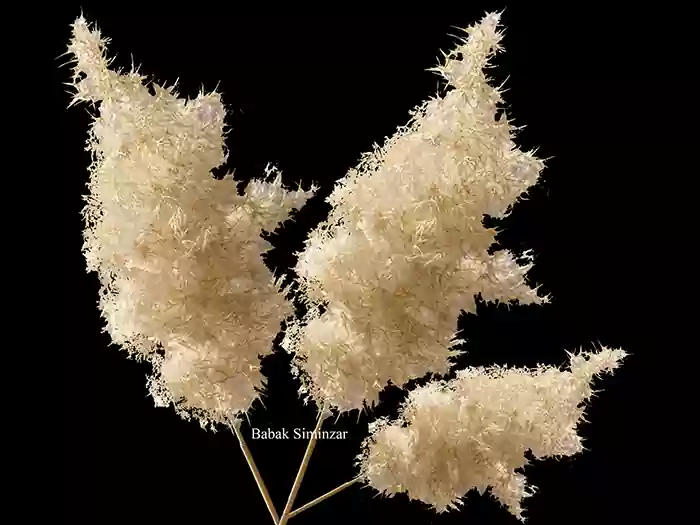
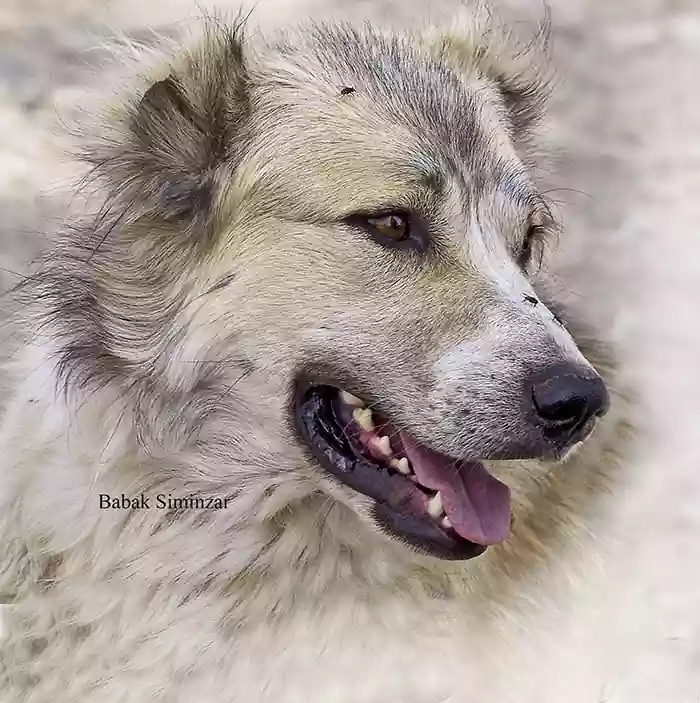
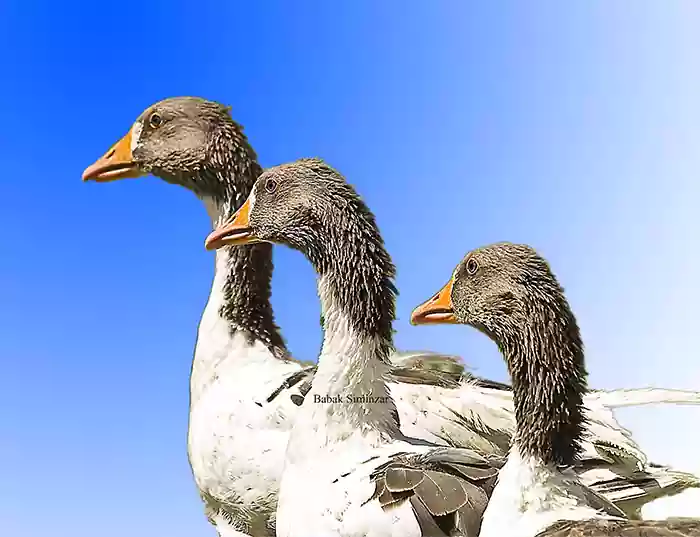
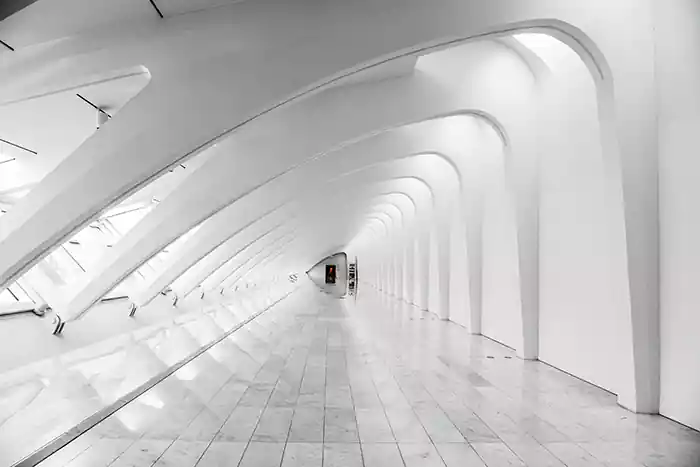
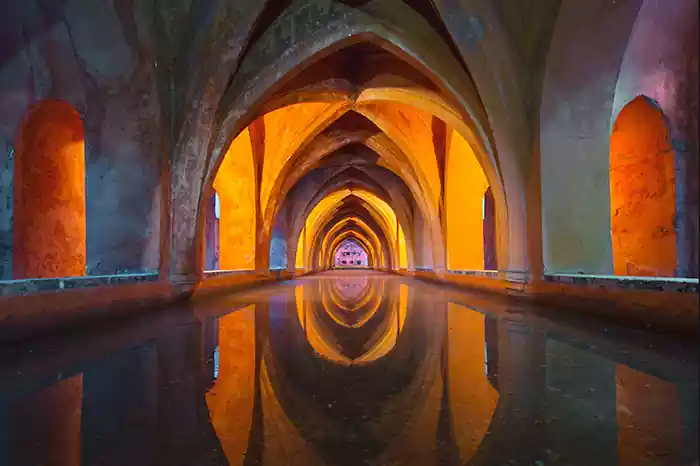
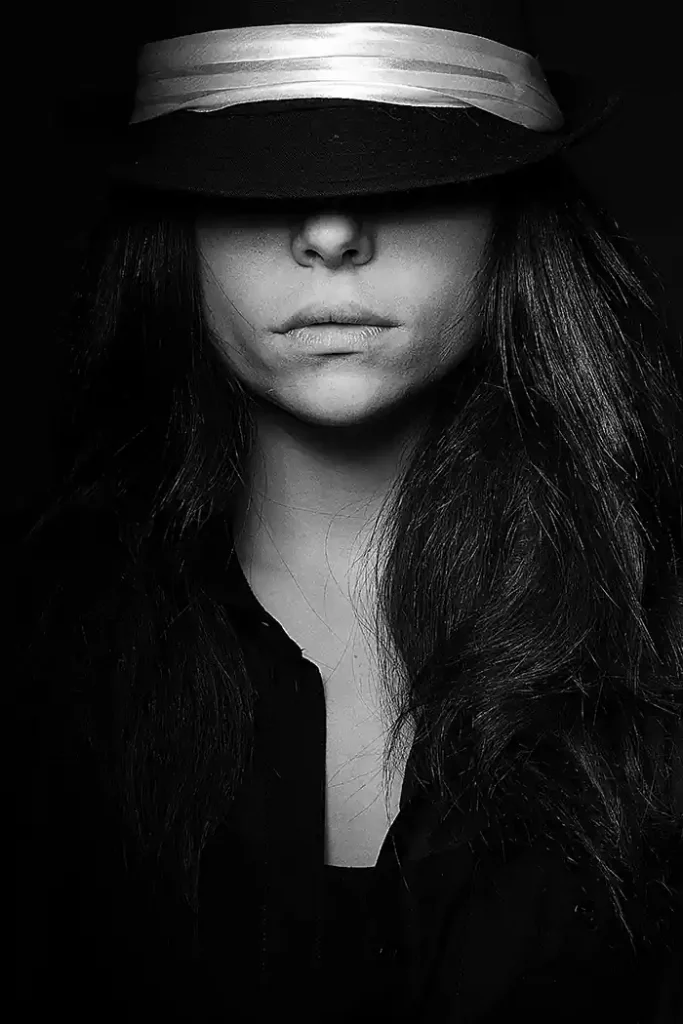

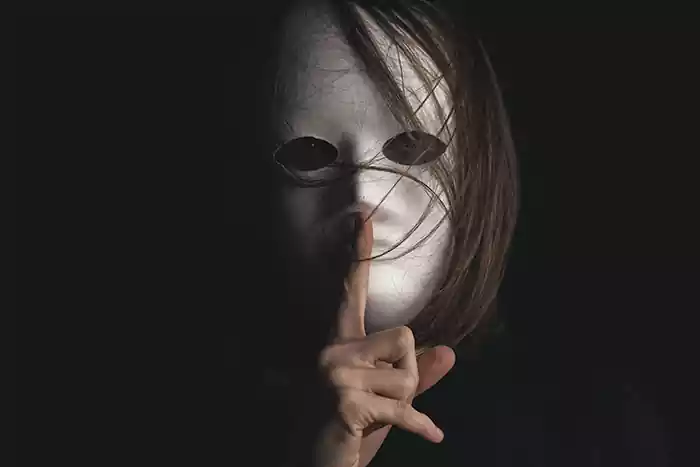
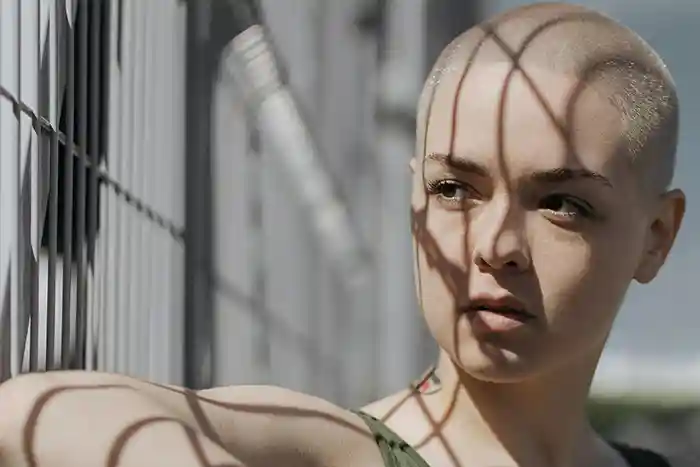
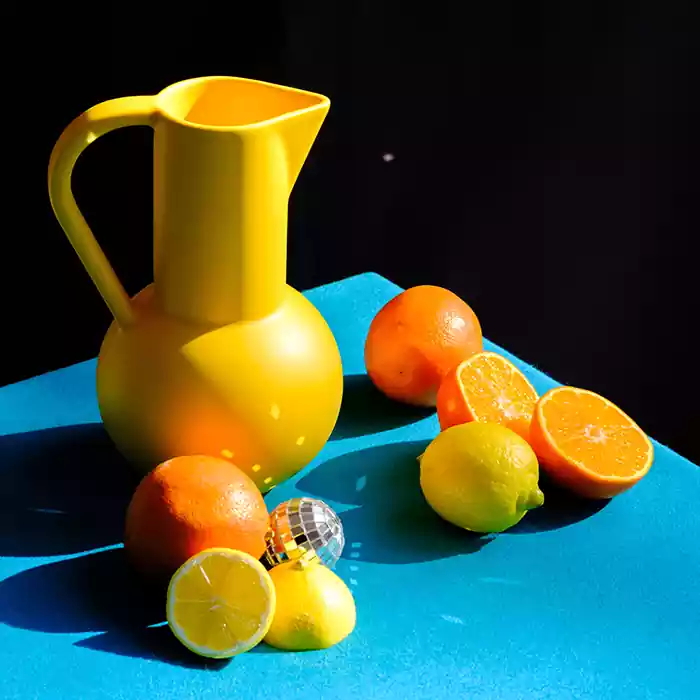

Nice artistic photography examples
👍